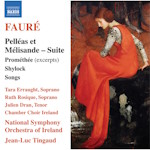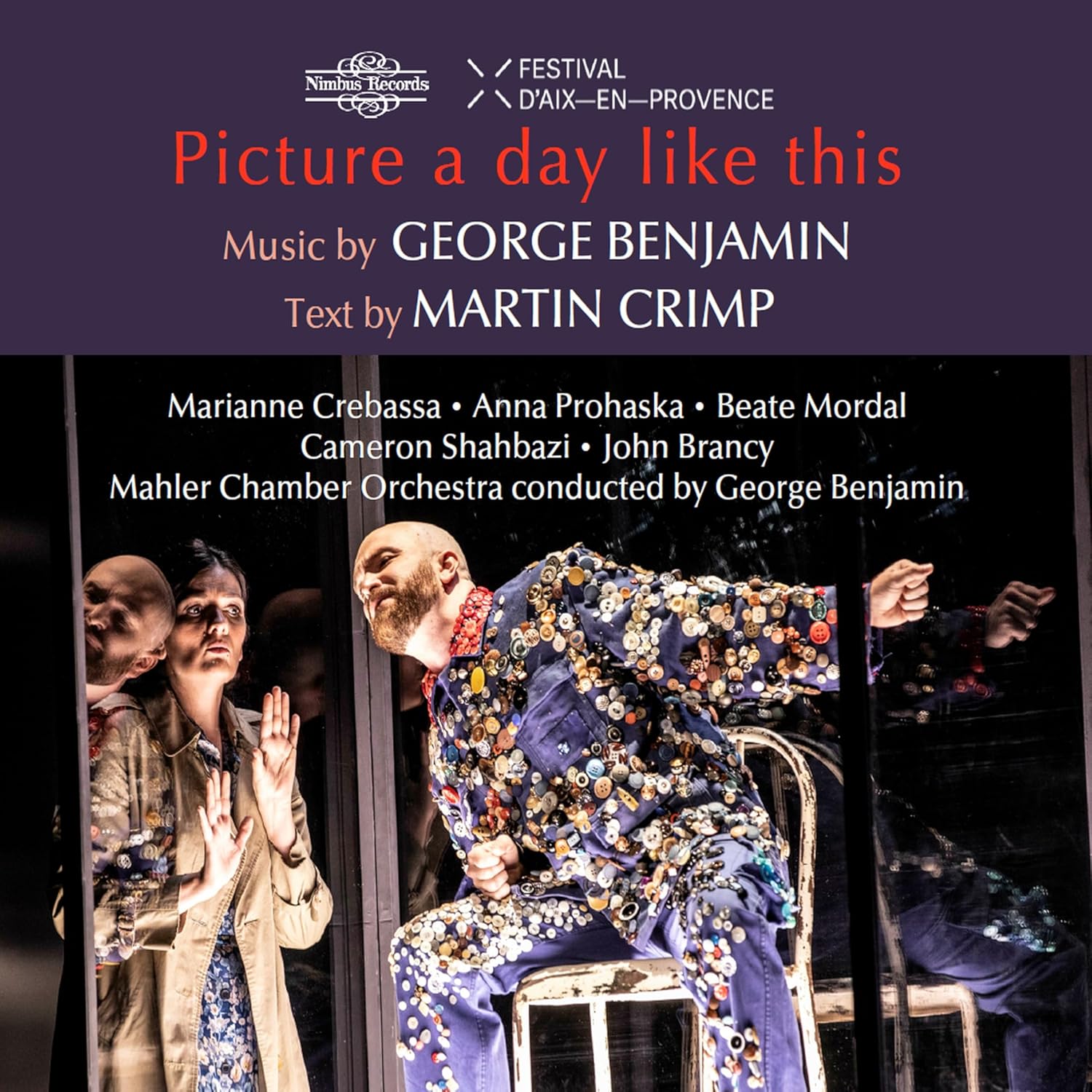
Wolfgang Amadeus Mozart (1756-1791)
Violin Sonata no.18 in G major, K301
Violin Sonata no.26 in B flat major, K378
Violin Sonata no.32 in B flat major, K454
Sayaka Shoji (violin)
Gianluca Cascioli (fortepiano)
rec. 2023, Pecetto Torinese, Italy
Arcana A575 [57]
The musical partnership between violinist Sayaka Shoji and the pianist Gianluca Cascioli has lasted over fifteen years. About ten years ago they recorded a complete cycle of the Beethoven Violin Sonatas on modern instruments, and these recordings I had the pleasure of reviewing (review ~ review). They then decided to record the Mozart Violin Sonatas, but this time the approach was going to be totally different. It was during the pandemic that Sayaka Shoji took a closer look at performing Baroque Music, something she hadn’t really done since her student days at the Musikhochschule in Cologne. She had even experimented with the historical bow. “I ended up getting handmade plain gut strings, and a baroque bow as well as a classical bow”. The violin she uses here, the ‘Recamier’ Strad, is strung with gut strings. She also plays with little or no vibrato. Cascioli performs on a Paul McNulty fortepiano after Walter & Sohn (Vienna, ca. 1805).
This is the second volume of the cycle. The first volume was issued by Deutsche Grammophon in 2022, which I lauded as “Free-spirited accounts, captivatingly played” (review). This latest endeavour has seen the artists switch allegiance to the Arcana label, and this marks their debut recording.
The Violin Sonata in G major, K301, the first of the composer’s mature violin sonatas, is in two movements only. Mozart dispenses with a slow movement, both are Allegros. The second movement provides a satisfying balance to the first. The players project a delightful joie-de-vivre, especially in the second movement rondo. There’s no doubt that the sonata’s relaxed brilliance accounts for its enduring popularity.
The two outer movements of the Violin Sonata in B flat major, K378 frame a Andantino sostenuto e cantabile of magical beauty. This central movement contrasts with the more technical and brilliant aspects of its fast outer movements. Some commentators have suggested that this exquisite slow movement, here played with poetic purity of line, offers a hint of the “Elvira Madigan” Piano Concerto. The effervescent rondo finale calls time with a bubbly 3/8 rhythmically buoyant swing.
For the final sonata in their programme, Shoji and Cascioli turn to what must be Mozart’s best known and best loved violin sonata, the one in B flat major, K 454. The performance exudes elegance and charm and the sun really shines. There’s certainly no feeling of routine here, everything is spontaneous, giving the listener a feeling that the music is being created on the wing.
Shoji and Cascioli make a compelling case for historically informed performances of these exquisitely crafted sonatas. I have to say, they work very well indeed. These are nicely balanced recordings, and the playing is nothing short of highly accomplished, technically assured and musically intelligent. The useful booklet is in English, French and Italian. I, for one, can’t wait for the next volume.
Stephen Greenbank
Buying this recording via a link below generates revenue for MWI, which helps the site remain free




















